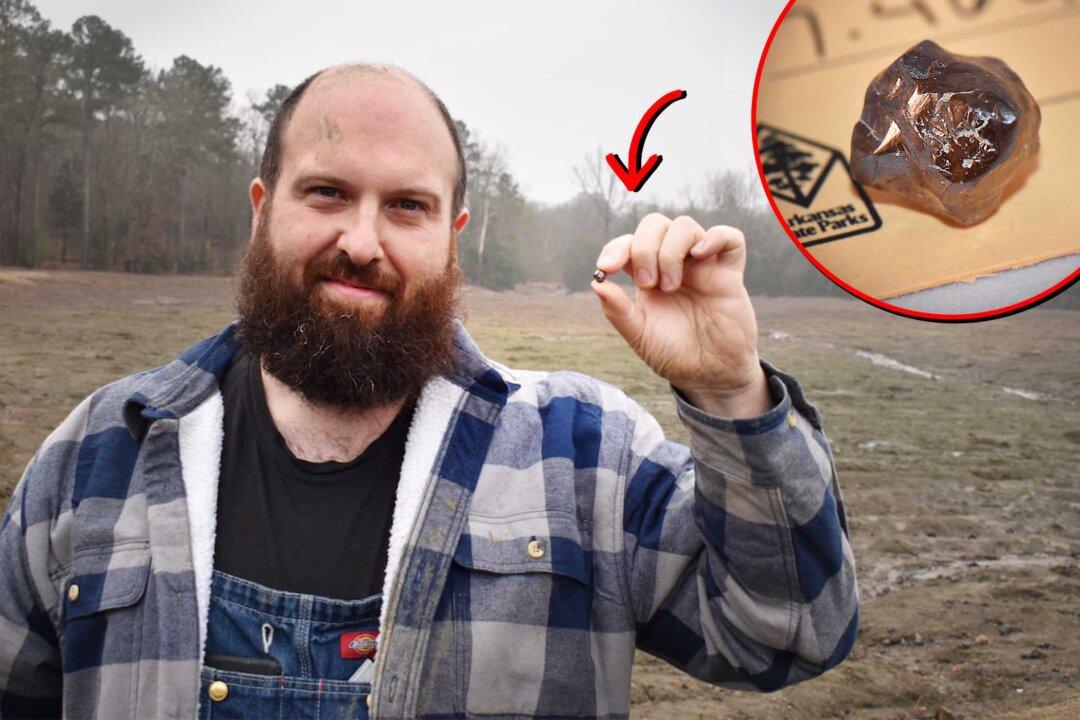The Frenchman had flown to the United States in search of rockets—but what Julien Navas found in the end was a rock.
To be specific, it was a sparkling, 7.46-carat rock.

The Frenchman had flown to the United States in search of rockets—but what Julien Navas found in the end was a rock.
To be specific, it was a sparkling, 7.46-carat rock.